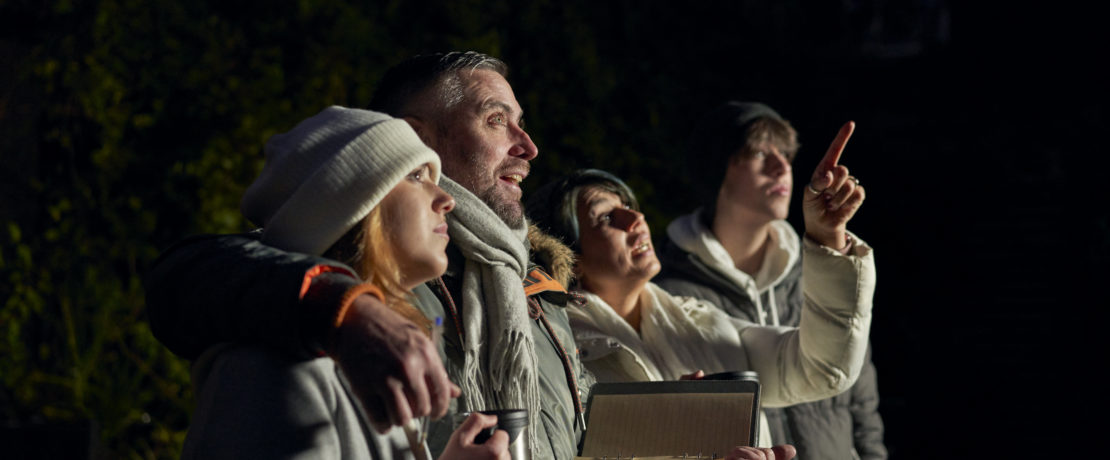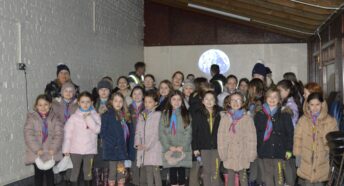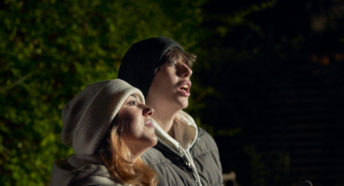Star Count 2022: a bright outlook for a darker future?
Want to enjoy our beautiful night sky? Your chances of seeing it are improving as CPRE’s 2022 Star Count found that star gazers are enjoying their best views of the night sky since our annual Star Count began in 2011.
We think that dark and starry skies are a special part of our countryside. Nothing beats looking upwards to see velvety blackness, with twinkling constellations as far as the eye can see.
Our buildings and roads emit light, though, and this can affect our view of truly dark skies. And light pollution doesn’t just spoil our view of the skies – it can also be very bad news for insects and other wildlife. We want to make sure that we can all enjoy starlit nights, and we need your help in measuring what effect light pollution is having – and which areas have the most of it.
About Star Count
More than 2,500 of you took part in our annual Star Count, the country’s biggest citizen science project of its kind, between 26 February and 6 March this year. We asked you to report the number of stars you could see in the Orion constellation – the one with the three stars in a line.
What we found
The results suggest the great news that severe light pollution, defined as being able to see 10 or fewer stars with the naked eye, has continued to fall. After peaking in 2020, when 61% of participants reported seeing 10 stars or fewer, severe light pollution fell to 51% in 2021 and continued its slide this year, to 49%.
CPRE’s interactive Star Count map shows the results from all around the country, and detailed results are available in this press release.
Staffordshire is home to Cannock Chase, England’s smallest and least dark Area of Outstanding Natural Beauty. The results of the 2021 Star Count were used as the basis for a more detailed investigation of local light pollution and to produce a Good Lighting Guide.
What you can do
Turning off garden lights when not needed, dimming street lights and reducing office lighting could permanently reduce carbon emissions and cut energy bills while improving the natural environment for wildlife and human health.
Other solutions that could reduce both light pollution and energy use include councils investing in well-designed lighting, used only where and when needed. They can also adopt policies in local plans to reduce light pollution and protect and enhance existing dark skies in their areas.








